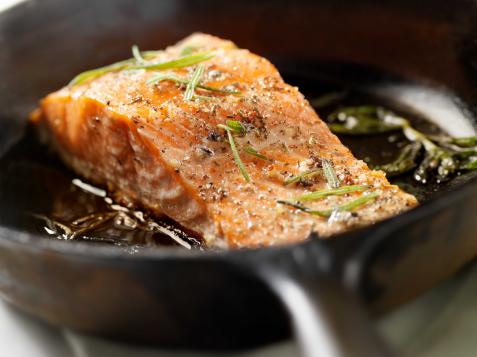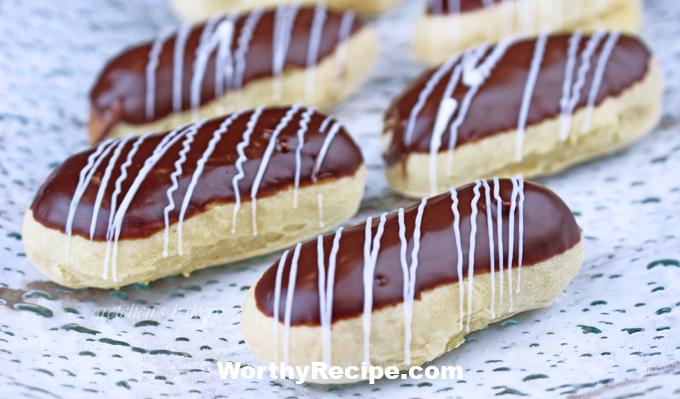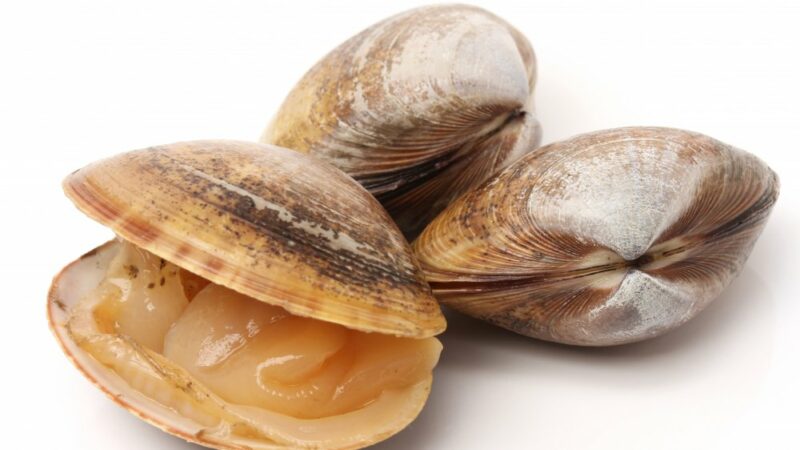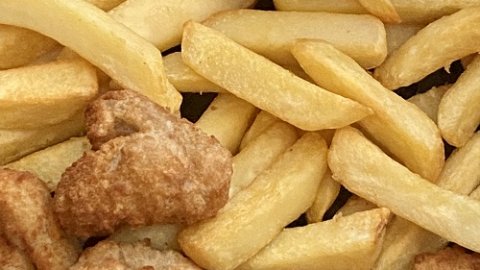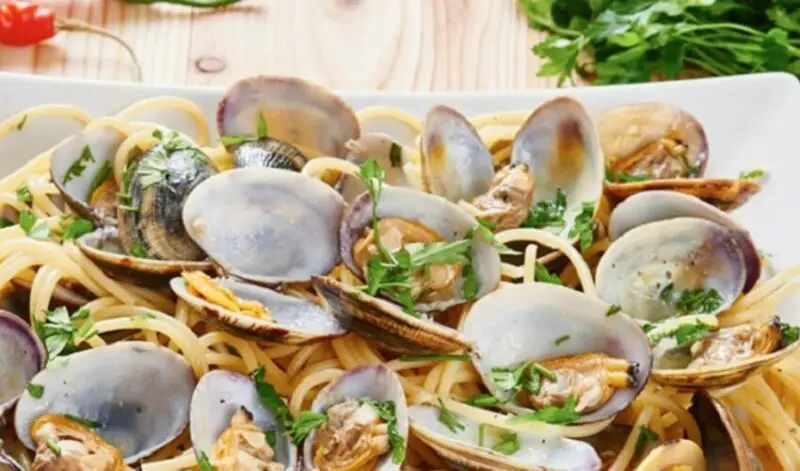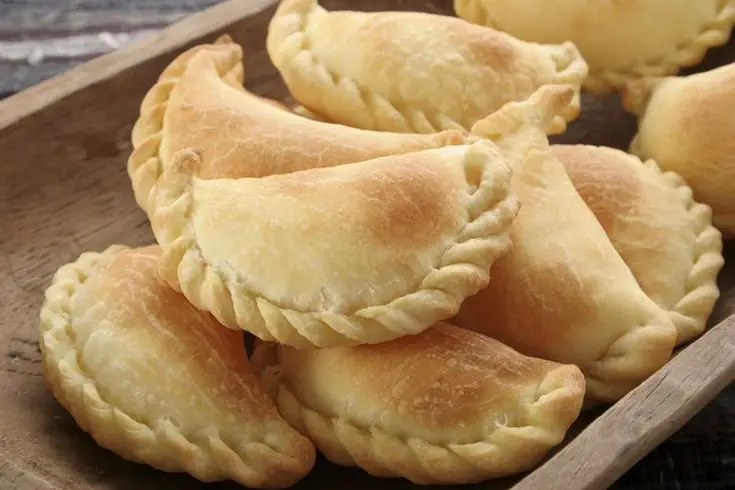Salmon is a popular fish and a favorite among many seafood lovers. It’s packed with essential nutrients such as Omega-3 fatty acids, protein, and vitamins. Learning how to properly defrost and cook salmon is important, especially for those who regularly enjoy this flavorful and healthy fish.
In this article, we’ll go over everything you need to know about defrosting and cooking salmon. We’ll discuss different methods for defrosting salmon, how long it should be cooked after defrosting, how to tell if salmon is fresh or not, the risks associated with undercooking or overcooking, different recipes for cooking salmon, best practice tips for cooking delicious salmon, and so much more.
## Defrosting Salmon
Before cooking salmon, it’s crucial to defrost it properly to ensure even cooking. Here are some of the most popular methods for defrosting salmon:
### Refrigerator Method
Defrosting salmon in the refrigerator is the safest method. First, take the salmon out of its packaging and place it in a shallow bowl or dish. Cover it with plastic wrap and place it in the refrigerator on a lower shelf where it can’t drip on other foods. It typically takes around 12 hours for a 1-pound piece of frozen salmon to fully thaw in the refrigerator.
### Cold Water Bath Method
If you’re short on time, you can use the cold water bath method to defrost frozen salmon. First, place the frozen salmon in a resealable plastic bag, making sure it’s tightly sealed. Then submerge the bag into cold water (not warm) and make sure that it remains completely submerged throughout the entire process. Refill or change out the water every 30 minutes until fully thawed.
### Microwave Method
This method should only be used if you’re planning to cook the salmon immediately after thawing. Microwave the frozen fish using your microwave’s special defrost setting, reduced power level, or by using timed intervals at 30-second intervals. Be sure to flip the salmon throughout the defrosting process to avoid uneven cooking.
Regardless of which method you choose, it’s important to never refreeze salmon that has been defrosted.
## How to Tell if Salmon is Fresh or Not
When buying salmon, you want to look for a fresh cut. Here are some tips on how to tell if your salmon is fresh:
– The flesh should be firm and not leave an indentation when pressed
– It should smell fresh and have a mild odor
– The skin should be shiny with scales intact
– There shouldn’t be any brown spots or discoloration on the flesh
If you notice any of these signs, it’s probably best to pass on the fish and look for another option.
## How Long to Cook Defrosted Salmon
The time needed to cook your salmon will vary based on various factors such as thickness, desired temperature, and cooking method. Here are some general guidelines you can use:
### Baking
Preheat your oven to 400°F (200°C) and bake for 12-15 minutes per inch of thickness. When done, the internal temperature should read 145°F (63°C).
### Grilling
Grill skin-side down over direct heat for about 4 minutes. Carefully flip the fish over and grill for another 4-6 minutes until done. Use a meat thermometer to ensure the fish’s internal temperature has reached 145°F (63°C).
### Frying
Heat a skillet over medium-high heat with enough oil to coat the bottom of the pan. Add the salmon skin-side down and cook for around 5 minutes before flipping it over, reducing the heat slightly and continuing for an additional 3-5 minutes until done.
## Risks of Overcooking or Undercooking Salmon
Undercooked salmon can cause bacterial infections such as salmonella, while overcooked salmon can result in dry and flavorless meat. To avoid these issues, follow proper cooking guidelines and use a meat thermometer to ensure the internal temperature reaches 145°F (63°C).
## Different Recipes for Cooking Salmon
There are various recipes available for cooking salmon, but here are a few favorites:
### Baked Salmon
– Preheat oven to 400°F (200°C).
– Season salmon with salt and pepper.
– Drizzle lemon butter sauce or herb crust over the top of salmon.
– Bake for 12-15 minutes per inch of thickness.
### Grilled Salmon
– Preheat grill to medium-high heat.
– Season salmon with salt and pepper.
– Place skin-side down on the grill and cook for 4 minutes.
– Flip the fish over and grill for an additional 4-6 minutes until done.
### Pan-Seared Salmon
– Heat skillet over medium-high heat.
– Season salmon with salt and pepper.
– Add the fish skin-side down into hot skillet.
– Cook for about 5 minutes before turning it over, reducing heat slightly before continuing to cook for another 3-5 minutes until done.
## Best Practice Tips for Cooking Delicious Salmon
Follow these tips to ensure your salmon tastes great every time:
### Use Fresh Ingredients
Always buy fresh salmon and use fresh ingredients when preparing seasonings, marinades, sauces or rubs.
### Season Both Sides
Be sure to season both sides of your salmon fillet, no matter what recipe you use. Whether it’s just salt and pepper or a more complex marinade or spice rub, make sure that both sides are seasoned accordingly.
### Use Butter or Oil in the Pan/Grill/etc.
When preparing your salmon in a pan or on a grill, be sure to use butter or oil. This helps prevent sticking, adds flavor, and imparts a beautiful color to your cooked salmon.
## Conclusion
In conclusion, defrosting and cooking salmon properly is not difficult once you understand the basics. Follow the guidelines to ensure that your salmon is fresh and then apply different methods for defrosting depending on the time you have available. Take care when cooking to avoid over or undercooking, and use fresh ingredients for seasoned dishes. Overall, salmon can be a healthy and tasty addition to any diet when prepared correctly. Try different recipes for cooking salmon and share your experiences with friends and family.
Frequently Asked Questions
How can I defrost salmon properly?
To defrost salmon correctly, you can either put it in the fridge overnight or place it in a sealed bag and submerge it in cold water.
Can I cook salmon immediately after defrosting?
It is best to wait until the salmon has thawed completely before cooking. This can take anywhere from 30 minutes to several hours, depending on the thickness of the fillet.
What is the ideal temperature to cook salmon?
The ideal temperature to bake or roast salmon is between 350-400°F, while pan-frying is best done over medium-high heat. Internal temperature should be around 145°F when it’s fully cooked.
What are some ways to tell if salmon is cooked properly?
Cooked salmon should be opaque but still moist and tender. You can check this by gently flaking the flesh away from its skin with a fork. If it separates easily and is no longer translucent, then it’s ready to serve.
